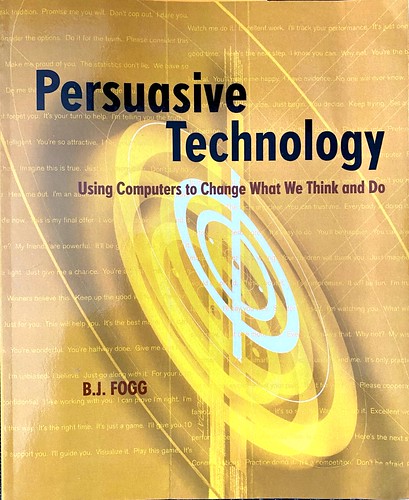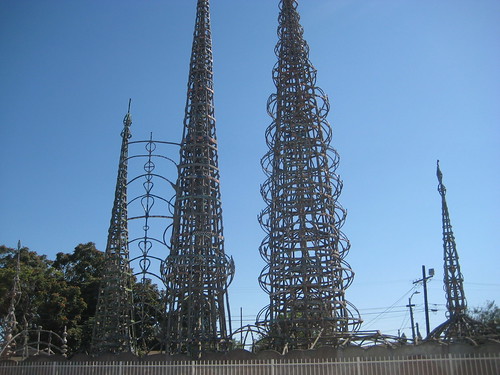I was reminded of my childhood this week. When I was pre-school, I loved playing with a box and packaging material. I can remember that whatever channel my Mum had the radio tuned into, there was a lot of easy listening songs on it.
Picture this: Neil Diamond’s Song Song Blue on the radio. A three or four year old Ged scrunching up packaging from a Cadbury Milk Tray box. Playing with a box, I turned the box internals into a conductors baton, and Neil Diamond followed my lead.
It seems Amazon has had a similar idea in terms of playing with a box: Amazon launches an AR app that works with new QR codes on its boxes | TechCrunch. More related posts here.
While we’re on the subject of easy listening, the South China Morning Post magazine had a feature article about the late great Roman Tam. Godfather of Canto-pop Roman Tam ‘an imperfect man’ who sought perfection | South China Morning Post – As the voice of TVB theme tunes in the 1970s and 80s, Roman Tam’s singing could be heard in the streets of Hong Kong from 7pm each day. Tam was accepted into mainstream Chinese culture despite homosexuality being outlawed, with his on-stage flamboyance tolerated because of his off-stage discretion – ‘Below the Lion Rock’ is an official national anthem for Hong Kong.
A translation would be:
In life, there is joy, but inevitably there is also sorrow
We met underneath the Lion Rock
(When look back) We laugh more than we sigh
In life, there are struggles/rough roads,. Inevitably we can’t go without worries
Since we are in the same boat, share the same life underneath the Lion Rock, Let’s put aside our differences and get together Put down our conflicts/differences, chase dream/a good cause together
People in the same boat will walk together, without fear, not intimidated
We both are at the corner of the world (Literally it says we dwell at the corner of the sea and edge of the heaven).
Hand in hand we can trample and level all obstacles We use our sweat and hardwork to write our own legend, that will go down history forever
Unofficial approximate translation of Below The Lion Rock
The TV series Below The Lion Rock is a great primer for outsiders looking to understand Hong Kong. It started in the 1970s and addressed the living conditions of the poorest sector as well as the working class who lived in the public housing estates and squatter huts below the Lion Rock in the 1970s. Hong Kongers worked hard to collectively rebuild Hong Kong after World War II.
It even gave name to the Lion Rock spirit of solidarity and perseverance. One could argue that this broke down as Hong Kong de-industrialised, becoming a financial and real estate investment based economy instead.
The Lion Rock itself has been the scene of protests during the past few years, including a human chain.
Amazing visualisation of Gartner’s hype curve over the past 25 years. It makes an interesting time machine looking back into where we thought technology would go. The data behind the video can be found here.


